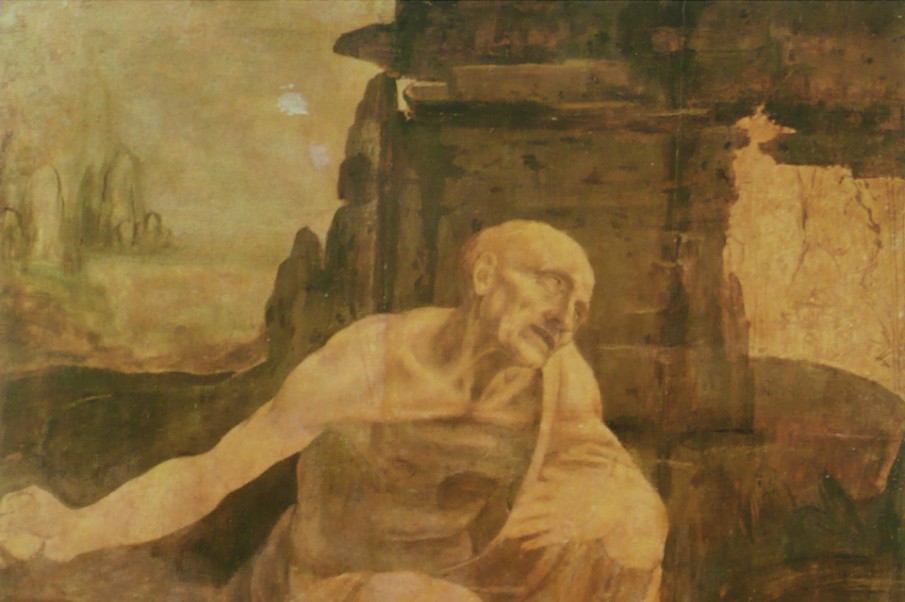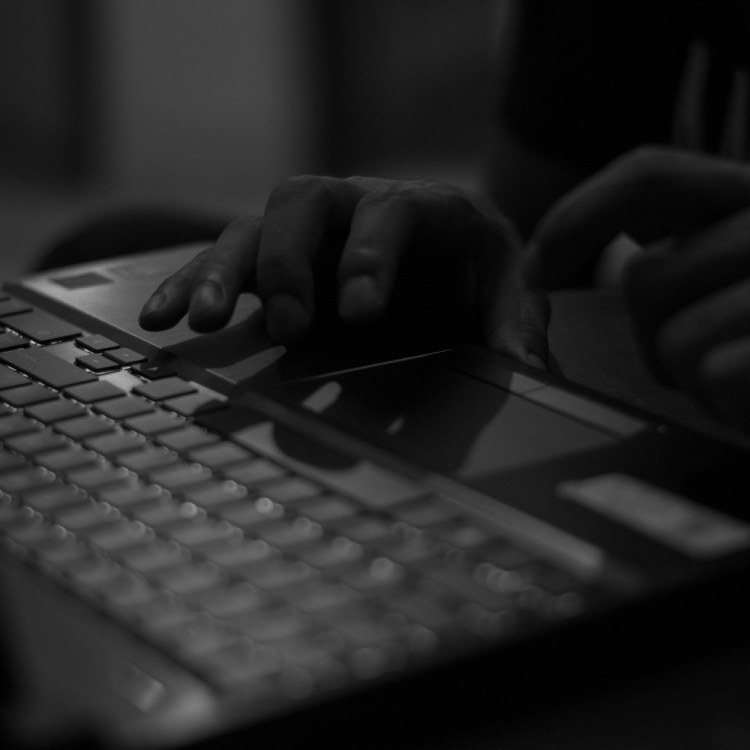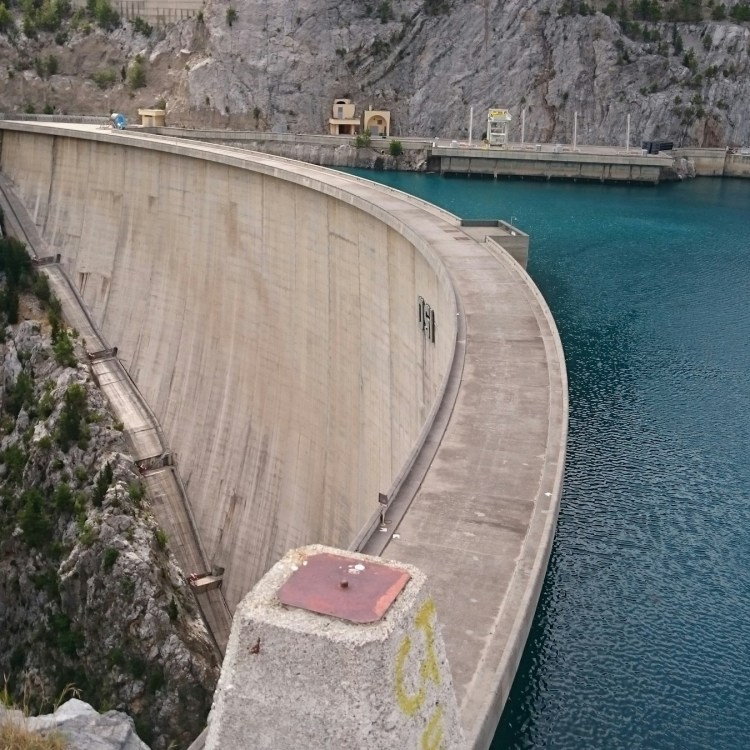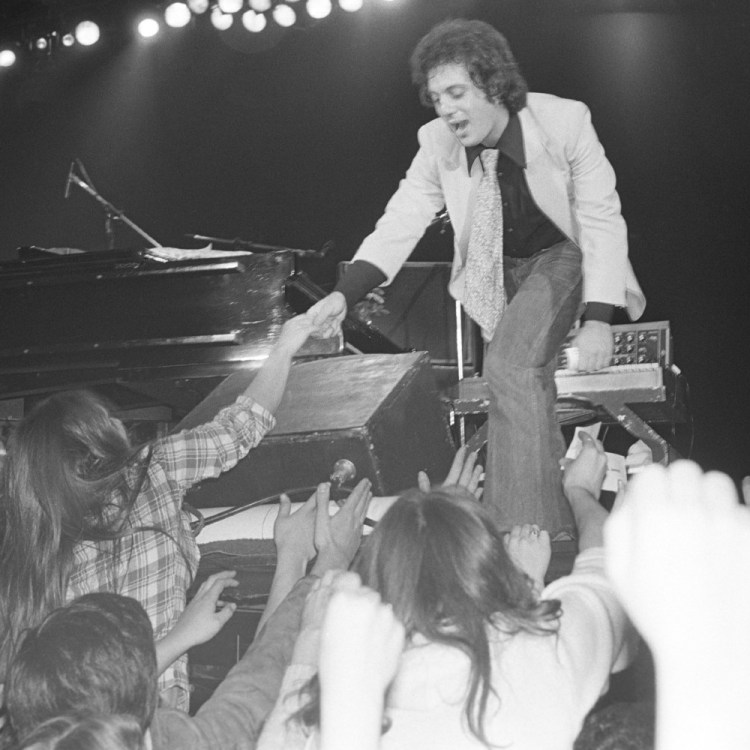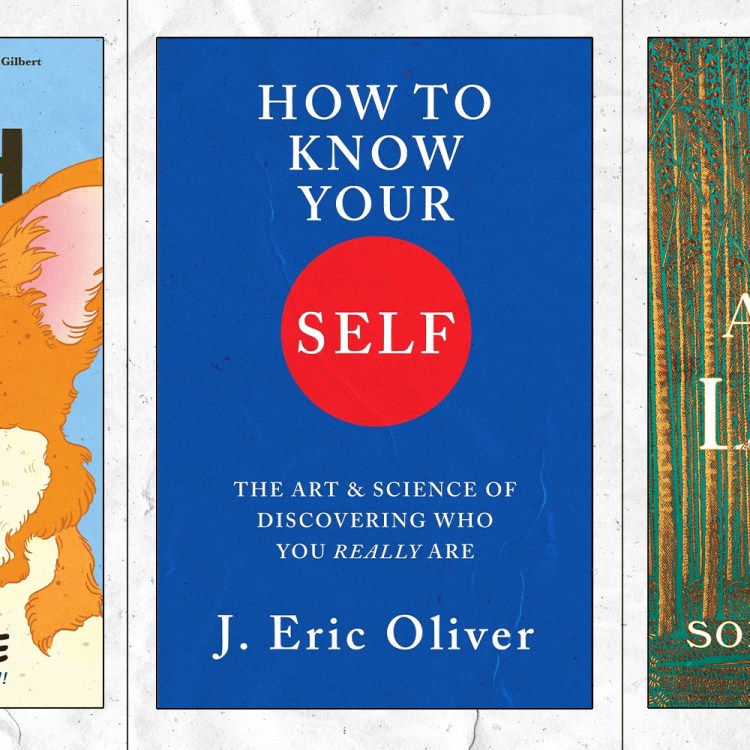On July 15th, an exhibit featuring Leonardo da Vinci’s “Saint Jerome Praying in the Wilderness” will open at New York City’s Metropolitan Museum of Art. This is considered to be one of da Vinci’s masterpieces; it also falls into the distinctive category of works left unfinished by their artists. Why do we find unfinished work so compelling? And what is it about this particular unfinished work that continues to draw audiences 500 years after da Vinci’s death?
Pulitzer Prize-winning critic Holland Cotter explored some of these questions in a new article for the New York Times. He also adds some welcome historical context to where this painting fits in the larger scope of da Vinci’s life.
It was likely begun around 1483, and you see instantly that it’s a work in progress: fined-tuned here, slapped down there. Incompleteness is part of its power. And powerful this picture is, as dramatically rich as a three-act opera, with a full-throttle aria of scorching anguish at its center.
This isn’t the only major look at unfinished art to hit New York in recent years. In 2016, the Met Breuer hosted Unfinished: Thoughts Left Visible, a show of 197 works of art that were never formally completed, beginning with art created in the Renaissance and ending with a selection of works by contemporary artists.
In a review of the show for Vice, Noémie Jennifer made a compelling argument for one of the reasons why unfinished work appeals to viewers: it offers them a window into the creative process that they may not have had otherwise.
The underdrawings and underpaintings that are usually only glimpsed in X-rays are plainly visible here. In this regard, the show makes you feel like you’re stepping inside artists’ studios, with privileged views of incomplete canvases.
Looking at the works featured in the 2016 show also creates a jarring sense of stylistic contrasts. There’s something undeniably modern about the look of a Renaissance portrait featuring an erasure or similar absence; whether or not that was the artist’s intention, it creates an aesthetic all its own.
As Cotter notes in his exploration of the da Vinci painting, the work’s lack of completion “leaves an expression of fever-pitch emotion ever burning.” All the better for those drawn to art to savor another side of a fantastic artist, and potentially recognize elements of his work that would otherwise be hidden from view.
Editor’s Note: RealClearLife, a news and lifestyle publisher, is now a part of InsideHook. Together, we’ll be covering current events, pop culture, sports, travel, health and the world. Subscribe here for our free daily newsletter.
Thanks for reading InsideHook. Sign up for our daily newsletter and be in the know.
